
Lateral epicondylitis, or tennis elbow, is a common cause of elbow pain. Various surgical treatments have also been described in cases that fail conservative treatment (Wadsworth), but typically conservative treatment is the first-line treatment for tennis elbow. Conservative treatment includes rest, bracing, non-steroidal anti-inflammatory drugs, physical therapy, shock wave therapy and injections (Duncan et al.).
https://www.koreamed.org/Searc...In a recent randomized controlled trial, Ciftci et al. (2023) studied prolotherapy for tennis elbow. The study aimed to compare low dose dextrose prolotherapy (5% dextrose) to high dose (15% dextrose). Patients were blinded to what treatment they received, and were compared to a placebo group that received an injection with 0.9% saline.
A total of 63 patients were enrolled in the study, and all patient received 3 injections spaced 3 weeks apart. Both dextrose prolotherapy groups demonstrated greater improvement in pain, handgrip strength and functional improvement when compared to the placebo group. However, while both prolotherapy groups showed benefit, the 15% dextrose group did seem to be more effective than the low dose prolotherapy group.
Take Home Conclusions
Prolotherapy is thought to act as an irritant when injected into a painful ligament or tendon, and stimulate a healing response (Oh et al.). Dextrose is one of the most commonly used injectates in prolotherapy (Goh et al.), and tendon healing has been visualized by ultrasound (Park et al.). In basic science studies, higher doses of prolotherapy resulted in fibroblast cell death so there is a desire to determine the ideal dose. In this study, the authors reported better outcomes with 15% dextrose.
Ciftci YGD, Tuncay F, Kocak FA, Okcu M. Is Low-Dose Dextrose Prolotherapy as Effective as High-Dose Dextrose Prolotherapy in the Treatment of Lateral Epicondylitis? A Double-Blind, Ultrasound Guided, Randomized Controlled Study. Arch Phys Med Rehabil. 2023 Feb;104(2):179-187.
Duncan J, Duncan R, Bansal S, Davenport D, Hacker A. Lateral epicondylitis: the condition and current management strategies. Br J Hosp Med (Lond). 2019 Nov 2;80(11):647-651.
Goh SL, Jaafar Z, Gan YN, Choong A, Kaur J, Kundakci B, Abdul Karim S, Jaffar MR, A Hamid MS. Efficacy of prolotherapy in comparison to other therapies for chronic soft tissue injuries: A systematic review and network meta-analysis. PLoS One. 2021 May 26;16(5):e0252204.
Oh S, Ettema AM, Zhao C, Zobitz ME, Wold LE, An KN, Amadio PC. Dextrose-induced subsynovial connective tissue fibrosis in the rabbit carpal tunnel: A potential model to study carpal tunnel syndrome? Hand (N Y). 2008 Mar;3(1):34-40.
Park JH, Song IS, Lee JB, Lee HY, Yoo SM, Yang SJ, Seo KM, Kim DG. Ultrasonographic Findings of Healing of Torn Tendon in the Patients with Lateral Epicondylitis after Prolotherapy. J Korean Soc Med Ultrasound. 2003;22(3):177-183.
Wadsworth TG. Tennis elbow: conservative, surgical, and manipulative treatment. Br Med J (Clin Res Ed). 1987 Mar 7;294(6572):621-4.
Adductor longus selective tenotomy is a modern surgical treatment for chronic groin pain that offers faster recovery and better outcomes than traditional full release surgery. The adductor longus, an inner thigh
Read MoreDiscover how ultrasound helps diagnose plantar fat pad atrophy, a leading cause of ball-of-foot pain. Learn about symptoms, thickness cutoffs, and why early detection matters for relief.
Read More